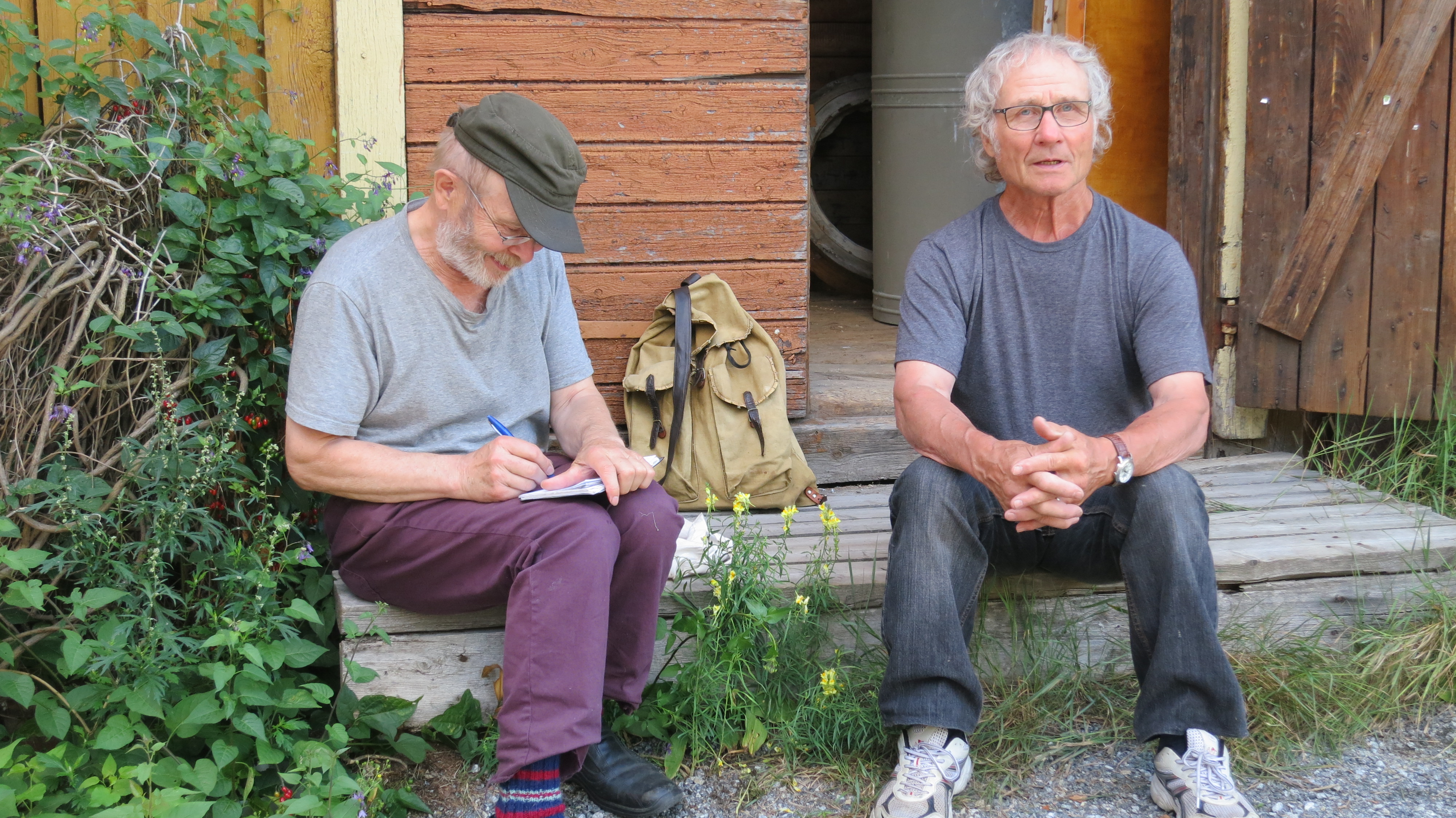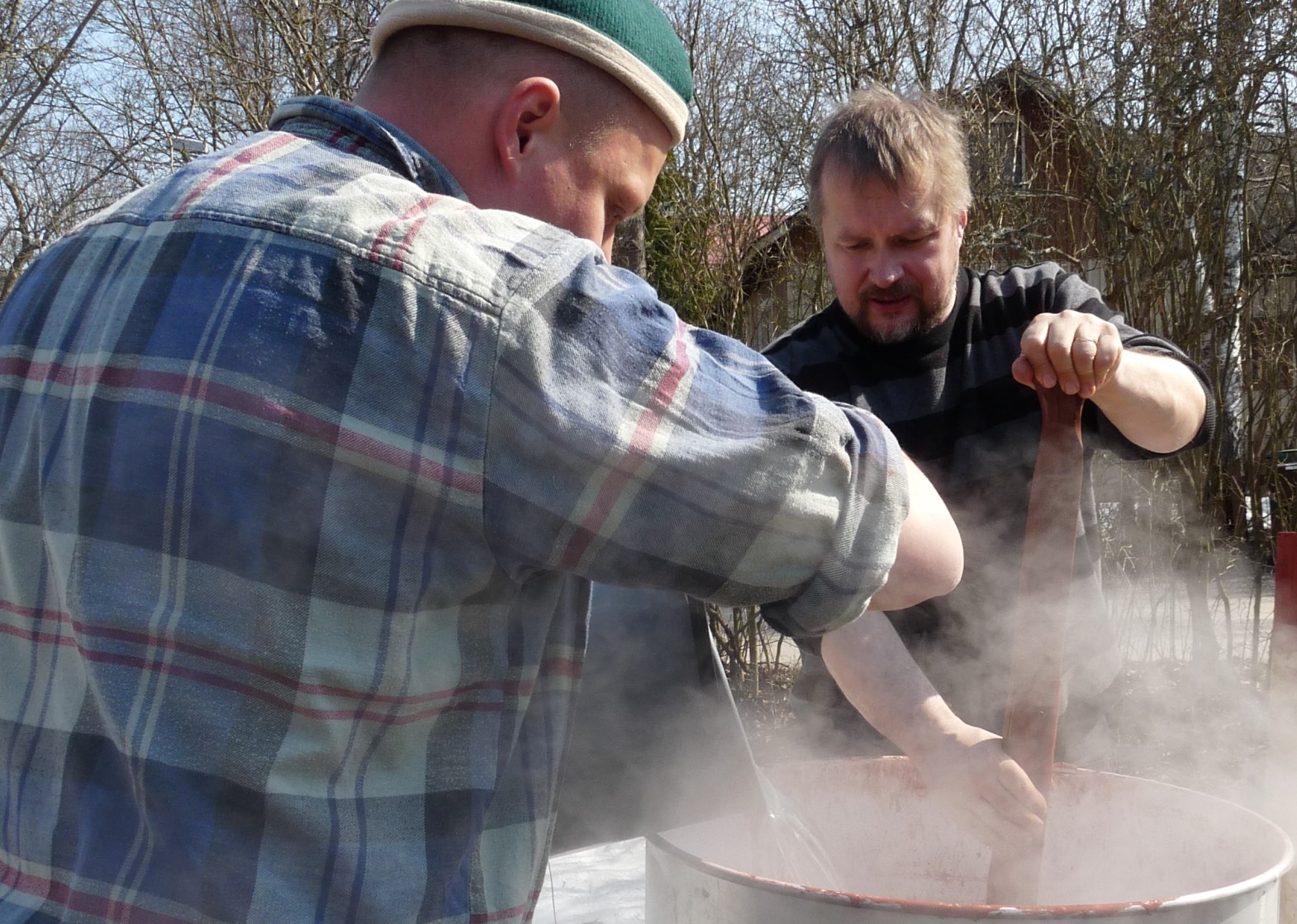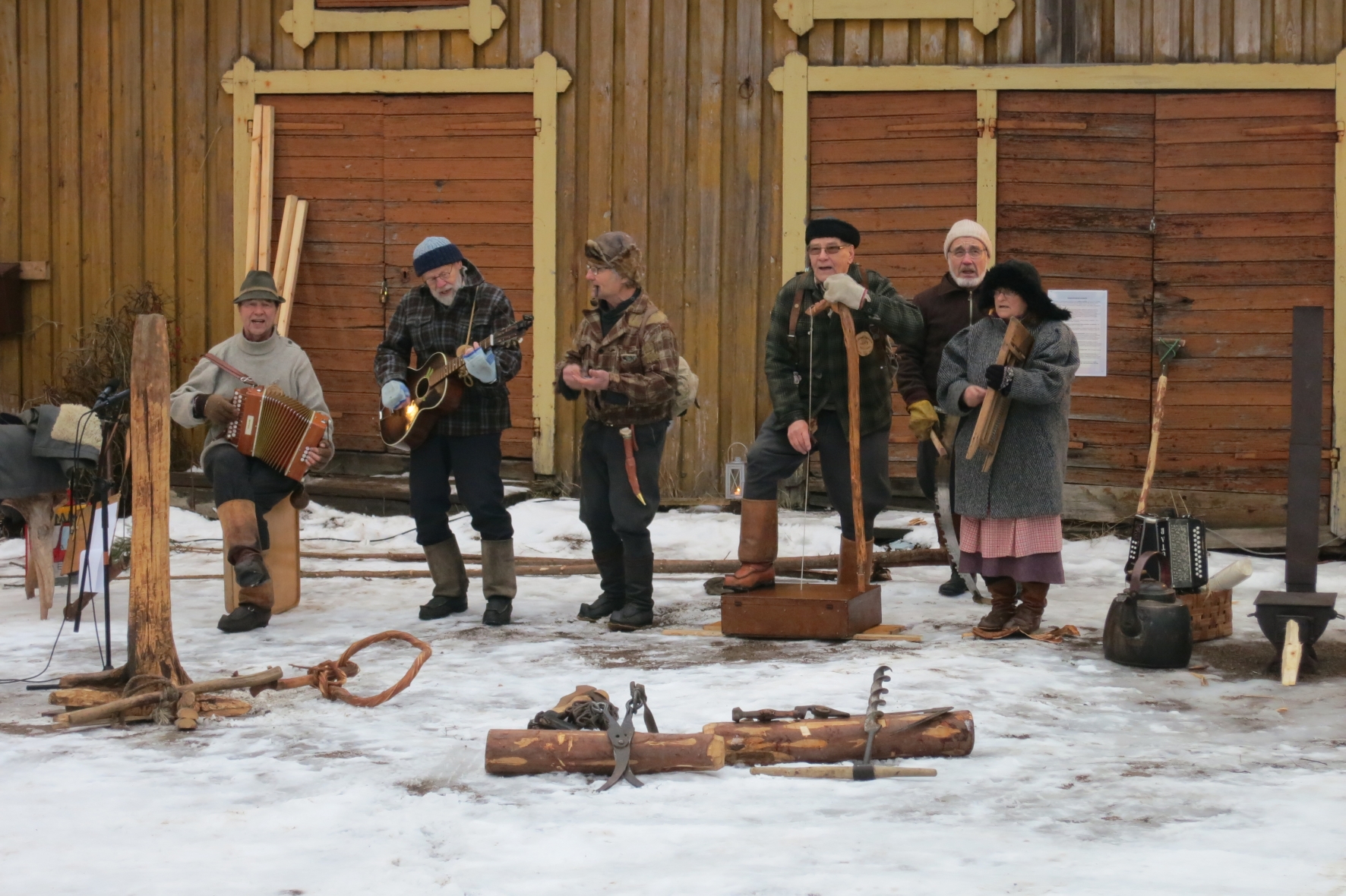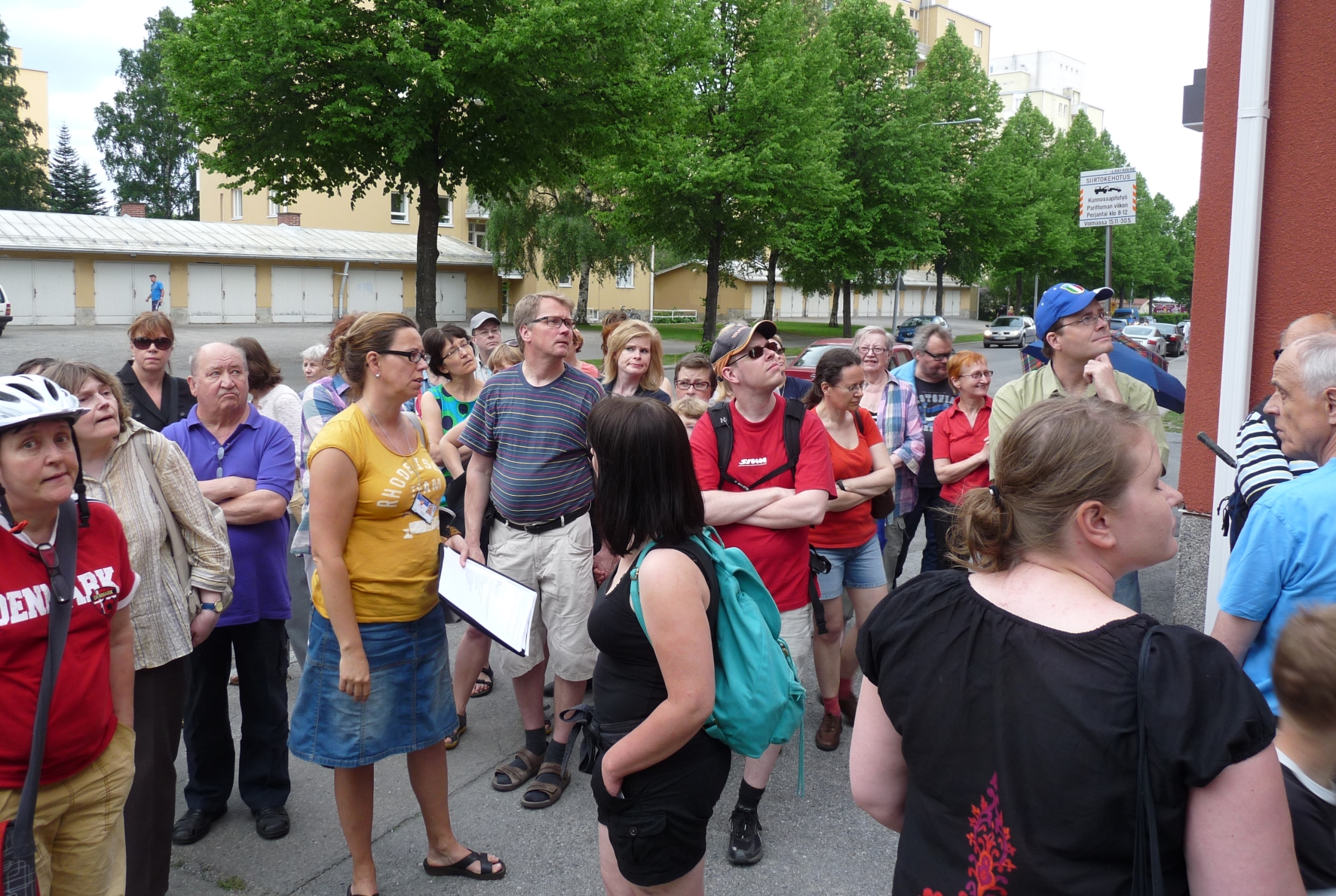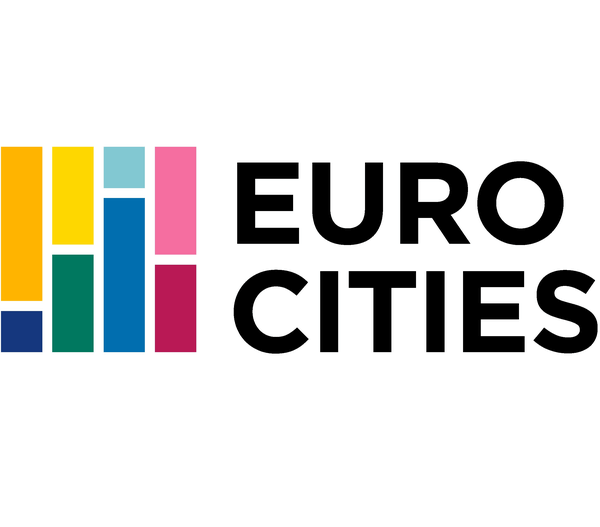City
Tampere
Main actors
City Government, National Government, Private Sector, other
Project area
Whole City/Administrative Region
Duration
2011 - 2014
Tampere supports actions to make its heritage housing more energy efficient while assisting young people to gain the technical skills needed to carry out these works.
In Finland, any large refurbishments of a house must be accompanied by measures to make it more energy efficient. This creates difficulties for elderly people who live in Tampere’s heritage housing because of the shortage of skilled labour and because modern materials are not always compatible with heritage houses. Moreover, all residents of heritage housing experience high energy costs and energy inefficient buildings negatively affect the environment.
To tackle these problems, the ‘Tampere Region Built Heritage Association’ was founded. The association acquired an old Timber Floater’s house in the Pispala district, which is being renovated to create an exhibition centre to demonstrate renovation techniques for heritage housing. The association trains unemployed young people in energy efficiency improvements. The idea is that these young people find employment following the training as residents of heritage houses realise that it is possible to make their homes more energy efficient. This in turn creates jobs for the people who have these specialist skills. An online forum has been set up to link people who have the expert skills with potential clients.
Originally published by EUROCITIES, the network of 130 European cities - PDF: http://nws.eurocities.eu/MediaShell/media/353-green-web_final.pdf
External links / documents
On Map
The Map will be displayed after accepting cookie policy


